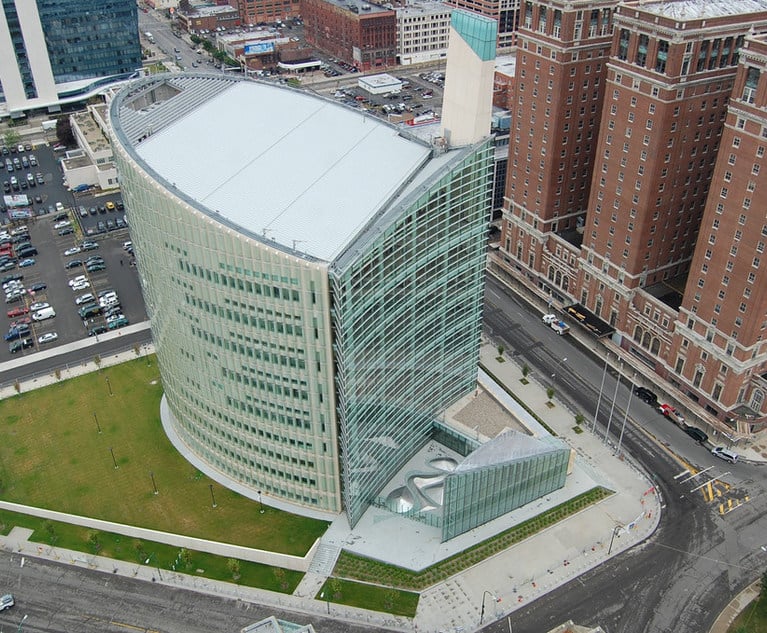There are several scenarios under which counsel may find themselves in need of trial or deposition testimony in a civil case of a witness that is currently in government custody. In the area of parallel civil and criminal actions, for example, the civil action must often take a back seat to the criminal proceedings, with discovery and trial proceeding only after resolution of the criminal proceedings. In such a case, counsel may find that an important witness for the civil action is in government custody at the time of trial or when the time comes to take that witness’ deposition. A further—and perhaps more precarious—example is when counsel is in need of the testimony of a witness who is in the custody of U.S. Immigration and Customs Enforcement (ICE). While the deposition of a party witness in government custody can sometimes proceed by way of notice and be held at the facility where the witness is in custody, this is not the case where testimony must be secured by way of a subpoena, as a subpoena is ordinarily ineffective to compel an individual in government custody to testify. See, e.g., Sec. Investor Prot. v. Bernard L. Madoff Inv. Sec., 496 B.R. 713, 722-723 (Bankr. S.D.N.Y. 2013) (citing U.S. v. Gotti, 784 F. Supp. 1011, 1012 (E.D.N.Y. 1992) (“The reason for the distinction is that a subpoena commands the prospective witness to attend, whereas the writ ad testificandum commands the custodian of the potential witness to produce him”). With regard to both party and non-party depositions, a further wrinkle might be added to the scenario where the witness is in ICE custody, as the whereabouts of that witness may not be readily ascertainable.
In such situations, an effective means for securing the testimony of a witness in government custody is a writ of habeas corpus ad testificandum (the Writ). The procedure for seeking the Writ, and availability of such a remedy in state courts, will vary based on jurisdiction. In New York, for example, the Writ is only statutorily available to secure testimony in criminal proceedings, and more generally, the CPLR limits those who can bring a special habeas corpus proceeding to “[a] person illegally imprisoned or otherwise restrained in his liberty within the state, or one acting on his behalf or a party in a child abuse proceeding subsequent to an order of the family court.” See CPL §650.30; CPLR §7002. Thus, the most effective way to seek the Writ will often be by way of a petition to a federal district court. The petition does not necessarily need to be made in the court where the action is pending (i.e., it can be sought in an ancillary proceeding), as the Writ is directed toward the custodian of the witness and not the witness him-or herself. Atkins v. City of New York, 856 F. Supp. 755, 757 (E.D.N.Y. 1994) (“The purpose of this writ is to direct the custodian of a prisoner to produce such prisoner for appearance in court”). In other words, while the Writ would ideally be sought in the federal court within the jurisdiction where the custodian is located, the Writ can be issued by a federal court extraterritorially. ITEL Capital v. Dennis Mining Supply & Equipment, 651 F.2d 405, 407 (5th Cir. 1981); Atkins, 856 F. Supp. at 758 (“prevailing view of the appellate courts favors the extraterritorial application of a writ of habeas corpus ad testificandum in appropriate circumstances”); but see Gabriel Mills v. Fenger, 2008 U.S. Dist. LEXIS 44061, *9, 2008 WL 2357619 (W.D.N.Y. June 4, 2008) (where Writ was sought for purposes of attendance at a settlement conference, “[t]he proper way to obtain this writ (if it is indeed available for the purposes intended by the parties) is to apply to the United States District Court … where the custodian of plaintiff resides, for the writ in an ancillary proceeding”).







